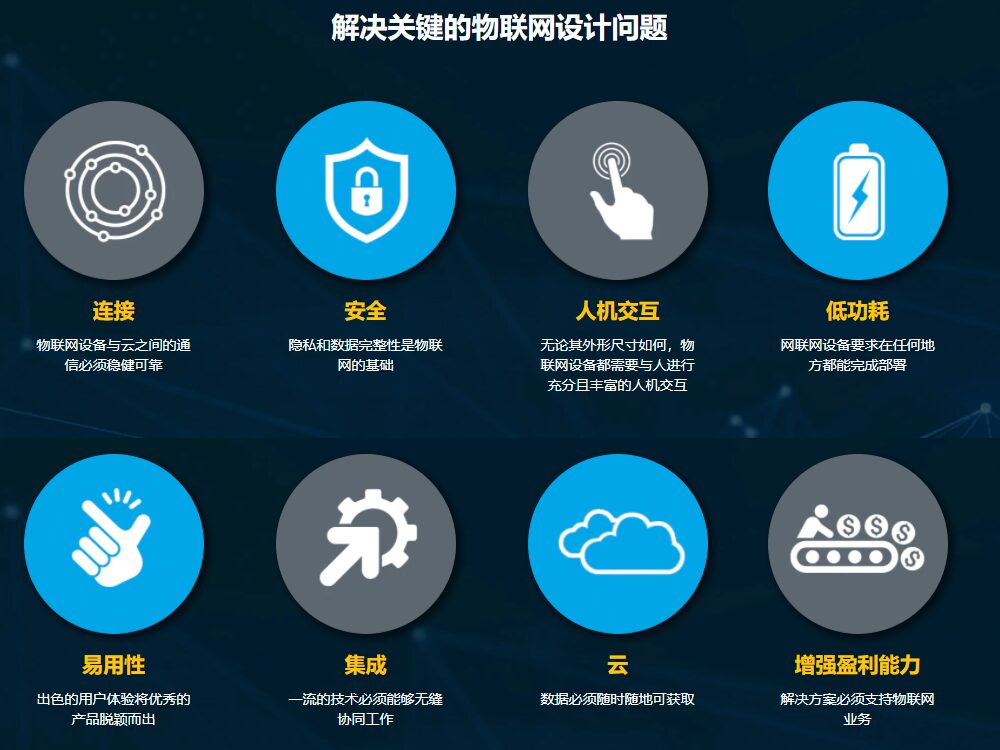Integrated Platform
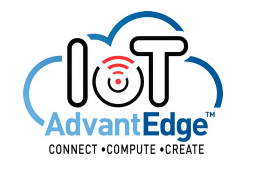


Integrated Security
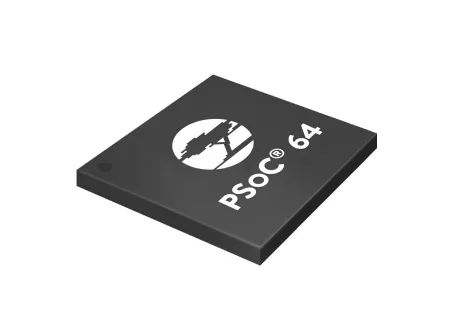
● Trusted Firmware-M:This open-source software provides configurable components that implement PSA Functional API and create a “Secure Processing Environment (SPE)” for Arm Cortex-M based microcontrollers. By using the PSoC 64 trust root, IoT device manufacturers can more easily have their final products pass PSA certification.
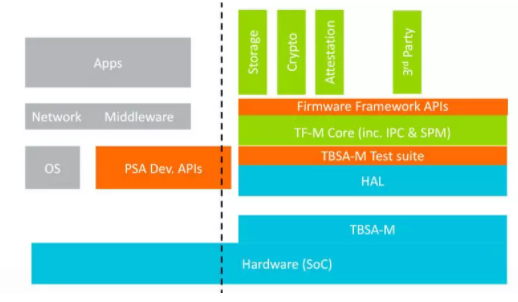
● Mbed IoT OS:This is a free, open-source operating system specifically designed for low-power IoT devices, offering a rich software solution including BLE, IEEE 802.15.4, 6LowPAN, Thread, driver frameworks, and RTOS. The characteristics of PSoC 64 itself align well with its application areas.
Additionally, this ensures that ModusToolbox can fully adapt to various real-time operating systems (RTOS), be compatible with open-source systems, and various cloud ecosystems. All development tools and processes can be used on hosts running Windows, Mac, or Linux operating systems. Developers can experience Mbed through Mbed CLI tools, online editors, Mbed Studio, or by exporting to the ModusToolbox integrated design environment (IDE).
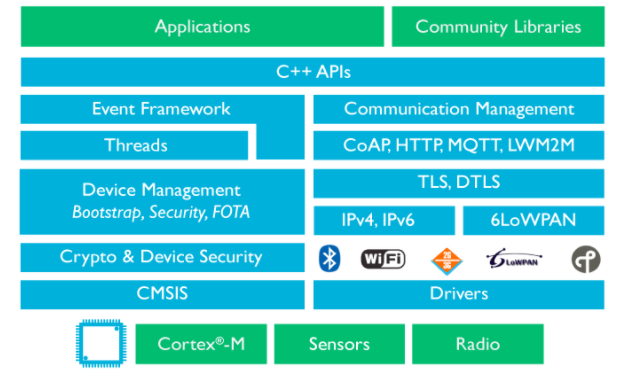
● Pelion Platform:This IoT platform is divided into four parts: connectivity management, device management, data management, and ecosystem management. It offers design and connectivity flexibility, supporting various device types from IP to non-IP connections, and from constrained to high-bandwidth networks, while providing continuous firmware updates for these devices remotely.
Through Pelion’s device management, secure device management can be achieved at every stage of the product lifecycle, from product supply to service operation, to decommissioning of products. PSoC 64 employs a dual-core architecture, with the Arm Cortex-M4 core responsible for running applications, while the Arm Cortex-M0+ core serves as a security co-processor with a pre-configured trust root.
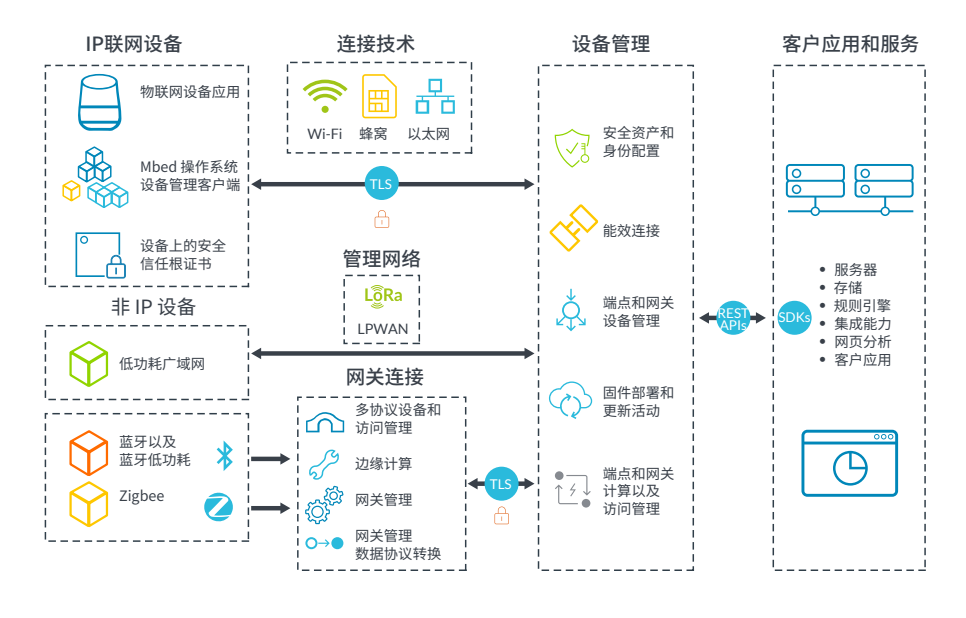
Integrated Software

Integration Has the Magic to Accelerate Time-to-Market
